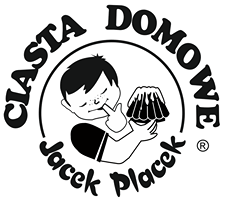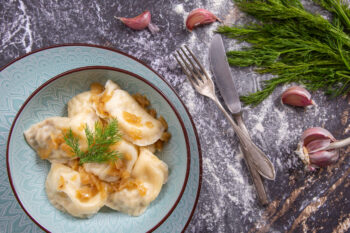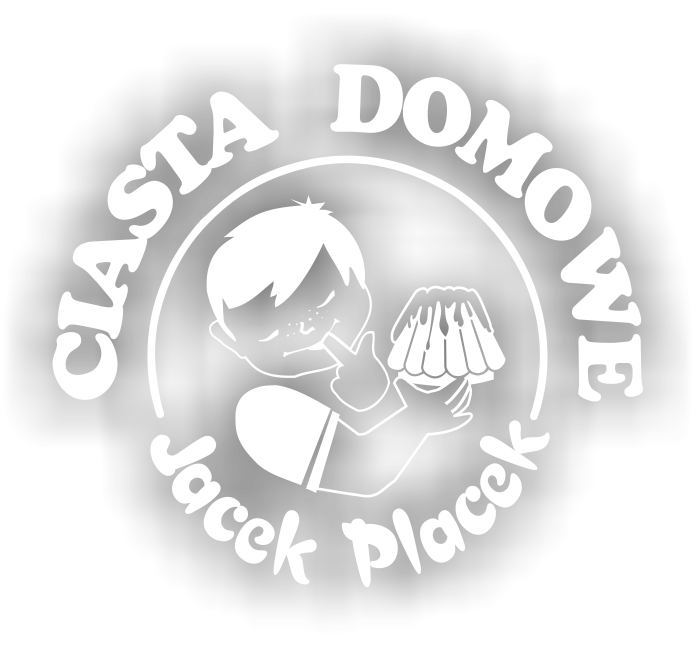Pierogi to tradycyjne polskie danie. Każdy, kto odwiedza nasz kraj, musi koniecznie spróbować tej potrawy. Również w ofercie Jacka Placka nie może zabraknąć pierogów! Poznajcie nasz szeroki asortyment, a także różne ciekawostki na temat tego dania!
Pierogi z Cukierni Jacek Placek
Naczelną misją naszej firmy jest produkcja w oparciu o wyłącznie naturalne składniki oraz wykorzystywanie tradycyjnych domowych przepisów. Dzięki temu nasze pierogi i wypieki smakują jak dawniej!
W asortymencie Jacka Placka znajdują się =>pierogi zarówno z farszem słodkim, jak i wytrawnym. Na słono możecie wybrać klasyczne pierogi ruskie, myśliwskie, ze szpinakiem i serem feta oraz wyśmienite z nadzieniem z kapusty i grzybów. Natomiast dla miłośników słodkich smaków mamy pierogi Maciusia z twarogiem, z jagodami, a także nasz autorski produkt – =>pierogi z makiem.
Wszystkie pierogi lepimy z domowego ciasta, które wykonujemy według starej rodzinnej receptury. Dlatego ich konsystencja, smak i aromat są takie wyjątkowe!
Skąd pochodzą pierogi?
W naszym kraju powszechnie uznajemy, że pierogi to tradycyjna polska potrawa, która od dawna króluje na rodzimych stołach. Jednak czy na pewno pierogi zostały wymyślone w Polsce? Otóż nie! Pochodzą z Chin i są jednym z licznych chińskich wynalazków. Pierwsze pierożki (dim sum) były wyrabiane z ciasta pszennego bądź ryżowego i nadziewane mięsem lub warzywami. Natomiast na ziemiach polskich danie to pojawiło się dopiero ok. XIII wieku. Legenda głosi, że pierogi dotarły do nas za sprawą dominikanina, św. Jacka Odrowąża, który posmakował ich podczas swojej misji na Rusi Kijowskiej, dzisiejszej Ukrainie. Następnie w okresie głodu św. Jacek sam je wyrabiał i rozdawał ubogim. W tamtym czasie nie znano jeszcze w Europie ziemniaków, więc nie przygotowywano pierogów znanych nam dzisiaj jako ruskie, jednak wypełniano je kaszą, twarogiem, kapustą, grzybami albo mięsem.
Pierogi w tradycji polskiej
W Polsce początkowo pierogi traktowano jako bardziej odświętne danie i podawano je wyłącznie na specjalne okazje. Gospodynie przygotowywały je w różnych kształtach i wariantach smakowych. Miały też swoiste, odmienne nazwy w zależności od obchodzonej uroczystości. Na wesela wyrabiano duże pierogi z rozmaitymi farszami zwane kurnikami, na okres noworocznego kolędowania – koladki, na imieniny pieczono słodkie pierożki nazywane soczniami i sanieżkami, zaś pierogi, którymi częstowano żałobników to knysze. A współcześnie są obowiązkowym daniem na stole wigilijnym, zatem można stwierdzić, że do dzisiaj zachowała się w Polsce tradycja spożywania pierogów w czasie świątecznym.
Warto jeszcze wspomnieć o samym znaczeniu i pochodzeniu nazwy „pieróg”. Językoznawcy twierdzą, że wywodzi się ona z prasłowiańskiego słowa „pir”, oznaczającego biesiadę, oraz „pier” określającego ciasto obrzędowe – co też wskazuje na świąteczny charakter tej potrawy. Nazwa pierogi na dobre rozpowszechniła się w polszczyźnie dopiero w XVII wieku.
Rodzaje pierogów w Polsce i na świecie
Chociaż uważamy, że pierogi są wyjątkowo polskim daniem, to w różnych odsłonach są serwowane w większości krajów na świecie. Znamy je doskonale w postaci włoskich ravioli czy tortellini, gruzińskich chinkali, ukraińskich i rosyjskich pielmieni, japońskich gyoza albo chińskich dim sum. Każda narodowa kuchnia ma swoją własną odmianę pierożków z rozmaitymi farszami oraz swoisty sposób ich przyrządzania. Można je podawać gotowane, pieczone czy przysmażane, w bulionie, ze śmietaną albo prosto z wody. W Polsce do najbardziej popularnych należą: pierogi z mięsem, ruskie, z kapustą i grzybami oraz na słodko z serem, jagodami i truskawkami. Ale też poszczególne regiony naszego kraju mają swoje typowe rodzaje farszów. Na przykład we wschodniej Polsce na stołach królują pierogi z soczewicą, ale sama Lubelszczyzna słynie z dość ciekawego nadzienia – kaszy gryczanej z twarogiem bądź ziemniakami i suszoną mięta. Natomiast na Podhalu najbardziej tradycyjny farsz przyrządza się z wykorzystaniem lokalnych wyrobów, jest to mieszanka bryndzy, czyli miękkiego sera z mleka owczego, kapusty, surowego jajka i cebuli.
Obchody Międzynarodowego Dnia Pierogów
Pierogi tak bardzo rozpowszechniły się na całym świecie, że dla tej potrawy zostało nawet ustanowione specjalne święto – Międzynarodowy Dzień Pierogów, który obchodzimy 8 października. Zwłaszcza w Stanach Zjednoczonych wydarzenie to jest szczególnie celebrowane, a sami Amerykanie zajadają się pierogami, które zyskały popularność w ich kraju dzięki imigrantom z Polski. Tego dnia odwiedzają polskie restauracje i sklepy, aby dostać nasz tradycyjny produkt. Niektórzy też z tej okazji przygotowują domowe pierogi samodzielnie.
Zapraszamy do świętowania Międzynarodowego Dnia Pierogów razem z Jackiem Plackiem i wypróbowania naszych wariantów tej pysznej potrawy!




